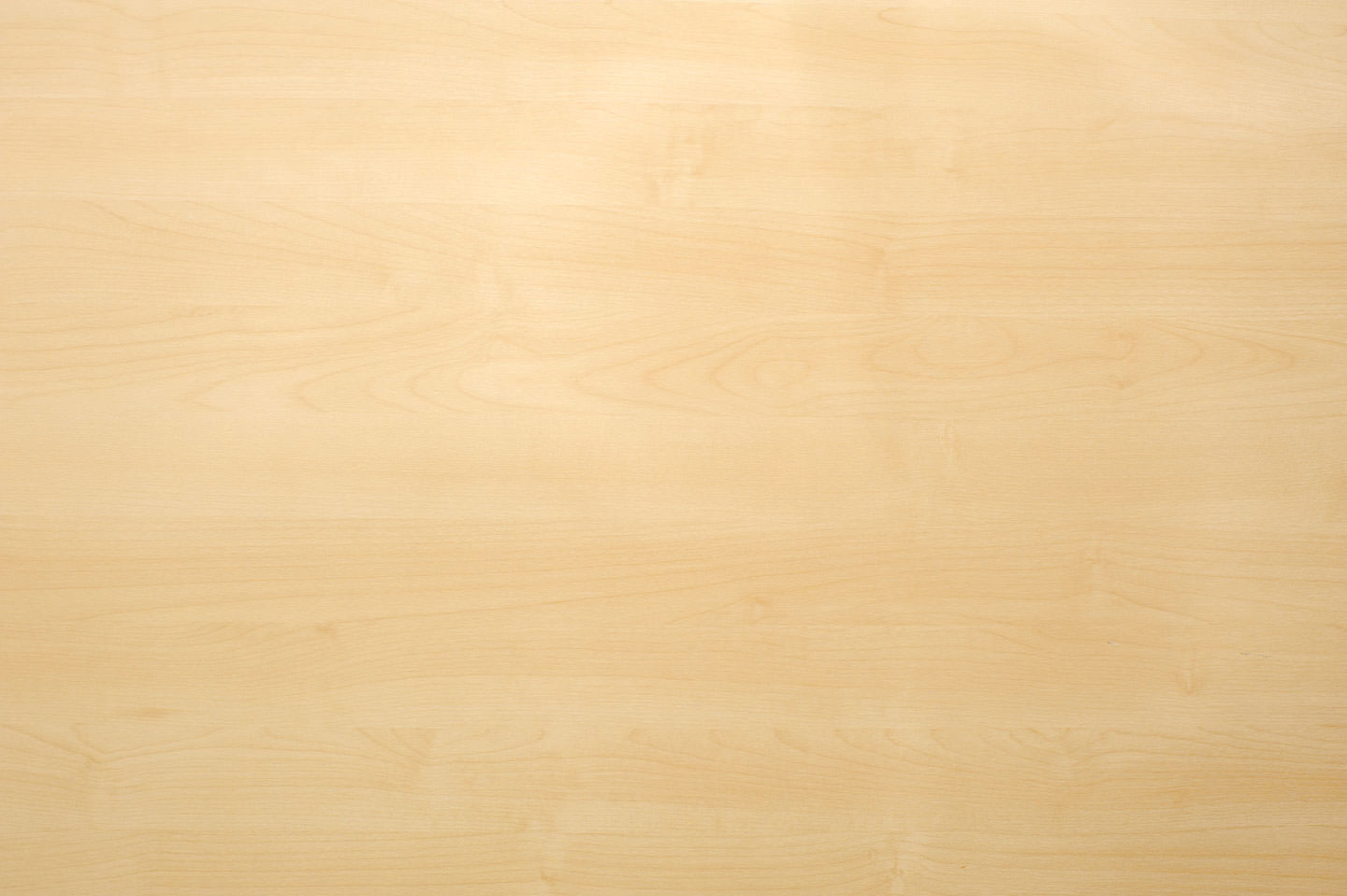

July - August 2018
69
boatingonthehudson.com
called a spur. You can use the side of a screw driver but it tends to pull the pad
apart. Repeat the process using the TR-308 to get rid of swirl marks and minor
scratches caused by the coarse compound. Again wipe off the residue and clean
the pad. Next apply the TR-301 Sealer Glaze. It can be applied and removed by
hand but for best results use the buffer. Wipe the boat down one last time and apply
a good marine UV protecting wax. Wax is essential because the Sealer Glaze does
not have UV protecting properties.
If the gelcoat has become badly chalked and it comes off onto your hands and
clothes when you rub against it wet sanding and compounding will be required to
bring the shine back.
Here is the basic wet sanding process;
I test spot an area starting with a professional grade gelcoat compound. If that
does not remove the fade then I will wet sand using a sanding block starting with
1000 gt. During the process the sandpaper is completely saturated with water. If
fade is still present after testing with 1000 gt., I will then use 600 gt wet sandpaper.
I will not use any coarser paper. I work 1 sq. ft at a time all the way around the boat
being very consistent on how much sanding is done. The gelcoat must be sanded
evenly other wise the boat will look like a leopard. If 600 gt is removing the fade,
1000 gt is used next. Depending on finish desired 1500 and 2000 gt is used. Final
applications are professional grades of compound mentioned above, sealer glaze
and UV protecting wax.
#2- Do not apply clearcoat or a “clear” product over faded gelcoat
Never a good idea. If you use these products the boat will have a great and shiny
finish initially but after a period of time it will turn yellow and peel like a bad sun
burn. Watch out for what I call “snake oil”. We have removed terrible foggy looking
clearcoat and products that promise “a great shine” on
boats and discovered perfectly good gelcoat underneath that just needed color
restoration.
#3-Always Pre-drill gelcoat when installing fasteners
If you do not pre-drill the edge of the screw will lift and/or take a chunk out of
the gelcoat. It may even start a crack that’ll travel like a crack on the windshield
of your car.
Start the drill in reverse using the correct size drill bit until you bore a hole through
the gelcoat. Next use the drill in forward to make your hole.
Using sawzalls to make holes can also lift the gelcoat and cause spider cracking.
So use a hole saw for a better cut.
#4-Use the proper marine sealant
Two friends of mine who are avid and very knowledgeable boat owners have
identical boarding stairs used to get from the dock to the boat. The stairs are
constructed of molded fiberglass with a plywood core material. Both of them
had stainless steel hand railings installed. Whoever did the installation did not
use sealant around the screws and under the flanges. Because sealant was not
used water was able to seep into the plywood core. The plywood became soft
and allowed the stairs to flex causing cracks in the gelcoat and fiberglass. As the
plywood rotted away there was less and less support; the fiberglass flexed so much
it became pulverized. The stairs can be repaired but it would be so much work it
would be cheaper to buy a new set.
The same thing that happened to the stairs could happen to the deck and/or hull
of your boat.
More and more often I am seeing soaked up and rotted core material in the area
of decks, around cleats, floors, transoms, window frames, engine hatch covers,
seat bases, etc. If there are any areas of peeling and/or missing sealant it is an
invitation for problems. It must be removed and replaced.
In addition; if you drill any new holes to change or add new hardware be sure to
use a good grade marine sealant. There is a sealant specific to each application.
3M is my brand of choice. I use 4200 and 5200 Fast cure most of the time. Be
sure to use the right type for the job. Google 3M Sealant technical info. I’ll will be
very helpful.
Note- 5200 Sealant is a great sealant if used in the right areas; this means
using it on something you never want to take apart again. When a boat is built
5200 is used to seal the deck and hull permanently allowing flexibility. If you try
to remove what’s been sealed with 5200 it will pull your gelcoat off your boat
revealing the laminate, use it wisely!
So installing a horn? Use 4200. You may want to change your horn down the
road.
#5- Aviod using scotch brite pads, magic eraser, etc to clean your
boat. Not good for gelcoat!
Believe it or not we have taken many scratches out of gelcoat because boat
owners thought these products were a good idea to use. It’s like using sand
paper! It works fast and great during the process but you will be horrified at the
dull and scratch marks left behind!
The fix for this mess of scratches requires wet sanding, compounding and wax
which is very labor intensive.
#6- Be sure to have the correct trailer - A poorly adjusted trailer
or not an adequate trailer to fit your boat.
This happens often and I’ve made many repairs on hulls because of an
improperly adjusted trailers.
Ask your local marina to inspect your trailer to be sure your boat fits it properly.
Proper tongue weight and axle positioning is crucial to avoid unfortunate
accidents and ensure a smooth riding boat. Not enough tongue weight can
cause a trailer to whip from side to side especially if using a light weight tow
vehicle.
And by the way, I am not a fan of roller trailers. Why? Because the rollers are
hard and chafe away the gelcoat in multiple small areas and they do not support
the hull like bunk trailers do. I have seen indentations caused by rollers. Roller
trailers sometimes can be converted to the less damaging bunk trailers.
In addition bunk trailers require less maintenance and there are many parts to
a roller trailer that need to be maintained.
One con about bunk trailers is if you launch at low tide or a bad ramp, it easier
to use a roller trailer sometimes than a bunk trailer.
Poorly maintained trailers including bad tires that can blow apart tear off
fenders and damage your boat.
Also check and maintain your wheel bearings, hitches, surge brakes, etc or
bring it to a marina service shop.
#7 –Chock the wheels on your trailer before releasing it from the
tow vehicle. Seem like a no brainer? Well…accidents can happen…
It can roll down the hill getting smaller and smaller before it hits that tree at
the bottom.
We meet a lot of people by accident…Most people realize if you live on a hill
you should not unhook your loaded trailer from your vehicle to move it by hand.
Chances are gravity will take over and ruin your day.
Our customer’s trailer was equipped with a tongue jack with high tech double
pneumatic wheels so he could move it by hand into its parking spot. This story
goes all down hill from here.
The brand new 2013 high end bass boat is equipped with all the bells and
whistles a bass fisherman would want and powered by a 2013 150 4-stroke
engine. The boat owner unhooked the boat & trailer and it took off down the hill.
All the owner could do was watch it go and go until it slammed into one of his
nice trees. The accident broke the cavitation plate, bent the stainless steel prop,
bent the prop shaft, smashed the cowling and tore a big hole into the transom.
The damage in the heavy red polyflake was into multiple body lines. It was a
major fractured area.
To add more misery, the boat owner thought he was insured for this crash.
When he contacted his insurance company and was told there was no insurance
on the boat. His homeowners did not cover the accident either. Insurance
company coverage varies; best to check your policy.

















